The Perfect Lawn
You may not think that your lawn has much of an impact on the world beyond your block, but it does! We have been trained over generations to appreciate lawns and open space as that are uniform with grass freshly cut short and free of ruffage. Let‘s rethink our vision of a perfect lawn.
From Your Yard Into the World
If you think about how the landscape looked in your neighborhood prior to development, you may see it dominated by weeds and brush. Look into your mind's eye a little further and you might see deep-rooted prairie grasses, deciduous trees, wildflowers, sedges, and maybe even some wetland plant species. The area that is now an engineered hardscape like mowed turf and Bermuda grass lawns, paved roads, homes, sidewalks, patios, sheds, carports, pools, hot tubs, basketball courts, and playgrounds used to be covered with a diverse mix of deep-rooted plants. Native plant species vs. lawn grass or exotic (and sometimes invasive!) plants have deep root systems that have evolved to thrive in our region. Rainfall that fell on what is now your neighborhood mostly soaked into the ground and/or made its way to a wetland area to be soaked into the soil or evaporated. Today, that same rainfall lands on engineered hard-scapes where it picks up contaminants, volume, and velocity before it arrives at a semblance of a natural stream channel or a low-lying area.
One of the primary reasons we need more natural areas, no mow zones, and residential stormwater solutions is due to the rapid streambank erosion we are experiencing in the Illinois River Watershed. Our engineered hardscapes are very efficient at moving stormwater away from our properties at a high volume, velocity and with contaminants eventually arriving at our natural stormwater infrastructure - swales, streams, creeks, and rivers. This natural infrastructure is not equipped to handle the consequences of even small rains falling on today’s engineered landscapes. Streambank erosion is “death by 1,000 cuts” as it shears away soil, erodes banks resulting in tree falls, and loss of what we call riparian vegetation. The riparian area is the area of land adjacent to the stream; it is an important and often vulnerable area, hosting a multitude of habitats and shading the water to prevent pathogen breeding and harmful algae blooms. One other reason we need to integrate native plants and rain gardens into our landscapes is that deep root systems absorb stormwater and treat pollution from fertilization, pesticide and herbicide application, industrial contaminants, pet waste, and most everything to keep them from going downstream. This process is called phytoremediation.
Each of us as a landowner can implement practices that slow, spread out, or soak in stormwater at the site to reduce the overall amount of water that needs to be moved away from the neighborhood at once. These practices can add aesthetic value and provide a host of environmental services beyond stormwater treatment. As a part of the broader conversation, we can rethink how we engineer neighborhoods, landscape our yards, and view natural areas vs. seeing beauty primarily in a manicured grass lawn!
Author: Morgan Keeling / morgan@irwp.org







